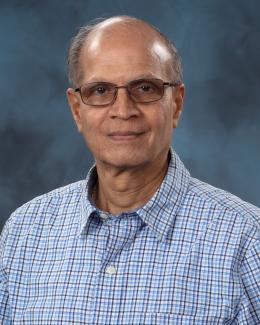Invention Reference Number

The escalating concern over greenhouse gas emissions and their role in climate change has intensified the need for effective CO2 separation techniques. Traditional methods like absorption in aqueous amines demand high energy and pose operational challenges due to solvent loss and high volatility. Deep eutectic solvents (DES) emerge as promising alternatives, combining low toxicity, cost-effectiveness, and high CO2 absorption capacity.
Description
This technology presents a method for CO2 separation using a physical solvent in a membrane contactor system. The process involves:
- Gas contact: CO2-containing gas contacts one side of porous hollow fibers.
- Liquid contact: A liquid phase containing a physical solvent contacts the opposite side.
- Physisorption: CO2 is absorbed into the solvent without chemical reaction.
- Desorption: CO2 is released from the solvent by reducing pressure.
- Recirculation: The solvent is recycled for continuous CO2 capture.
The technology can utilize DES like reline, ethaline, glyceline, or diethyl sebacate, providing a modular, scalable, and energy-efficient solution.
Benefits
- Energy efficiency: Lower energy requirements compared to conventional methods.
- Cost-effectiveness: Utilizes low-cost, non-toxic solvents.
- Modular and scalable: Adaptable for various industrial scales and applications.
- Environmental stability: Reduced solvent loss and high thermal stability.
- Continuous operation: Allows for continuous CO2 capture without batch limitations.
Applications and Industries
- Power plants: Capture CO2 from flue gases.
- Chemical manufacturing: CO2 separation from various chemical processes.
- Biogas upgrading: Removing CO2 from raw biogas to produce biomethane.
- Natural gas processing: CO2 capture from natural gases like methane.
- Pre-combustion processes: CO2 separation before combustion in energy production.
Contact
To learn more about this technology, email partnerships@ornl.gov or call 865-574-1051.



